Understanding the Importance of Lab Pumps in Modern Scientific Research
In the realm of modern scientific research, the significance of lab pumps cannot be overstated. These essential devices serve as the backbone of numerous laboratory processes, enabling precise control over fluid movements in various experiments and applications. As researchers continue to push the boundaries of discovery, the need for reliable and efficient lab pumps has become increasingly apparent. These instruments not only enhance the accuracy of experimental outcomes but also contribute to the overall safety and efficiency of laboratory operations. The integration of advanced technologies in lab pump designs has further revolutionized their functionality, making them indispensable tools across multiple fields including chemistry, biology, and environmental studies.
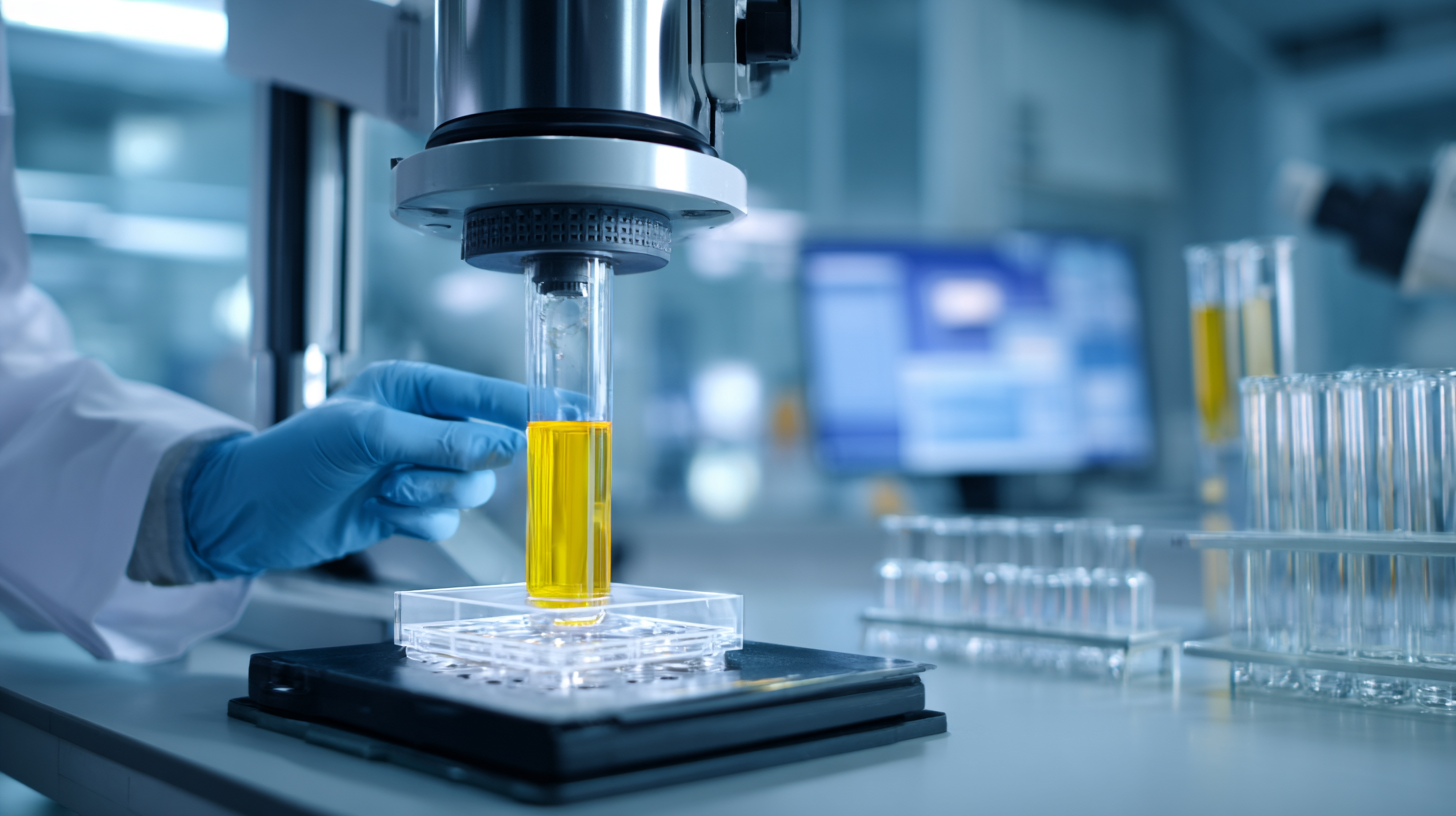
This article explores the multifaceted roles of lab pumps in contemporary research, highlighting their critical importance in driving innovation and ensuring the success of scientific endeavors.
The Role of Lab Pumps in Streamlining Research Protocols
Lab pumps play a crucial role in modern scientific research by streamlining research protocols and enhancing efficiency in various applications. These devices facilitate the precise transfer of liquids, enabling researchers to maintain accuracy in experiments. By automating the process of liquid handling, lab pumps reduce the potential for human error, ensuring repeatability and reliability of results. This automation also allows researchers to focus on other critical aspects of their projects, thereby optimizing their time and resources.
In addition to improving accuracy, lab pumps can be integral in high-throughput settings where large volumes of samples need to be processed quickly. Their ability to operate continuously without interruption minimizes downtime in research workflows. Furthermore, various types of lab pumps, such as peristaltic and diaphragm pumps, offer versatility in terms of flow rates and compatibility with different substances. As labs become increasingly busy and research demands grow, the importance of these pumps in maintaining streamlined protocols and fostering innovative discoveries cannot be overstated.
Key Features of Modern Lab Pumps Enhancing Efficiency in Experiments
Modern lab pumps play a crucial role in enhancing the efficiency of scientific experiments by providing precise control over fluid movement. One of the key features of these pumps is their ability to deliver accurate flow rates, which is vital for experiments requiring meticulous measurements. Advanced technologies such as peristaltic and diaphragm pumps ensure consistent performance and reduce the risk of contamination, as the fluid does not come into contact with the pump mechanism. This reliability allows researchers to focus on the results of their experiments rather than worrying about equipment performance.
Another essential feature of modern lab pumps is their programmability and integration with laboratory automation systems. Many pumps can now be easily programmed to handle complex dispensing protocols and can be controlled remotely. This not only saves time but also minimizes human error during critical processes. Additionally, the versatility of these pumps allows them to cater to various applications, from biochemical assays to pharmaceuticals. With continuous innovations, lab pumps are becoming more user-friendly and efficient, contributing significantly to the advancement of scientific research.
Understanding the Importance of Lab Pumps in Modern Scientific Research
| Feature | Description | Benefits |
|---|---|---|
| Flow Rate Control | Allows precise adjustment of fluid flow rates to meet experimental requirements. | Enhances accuracy and repeatability in experiments. |
| Chemical Compatibility | Constructed from materials that resist corrosion and degradation. | Increases the lifespan and reliability of pumps in diverse applications. |
| User-Friendly Interface | Intuitive controls and displays for ease of operation. | Reduces training time and improves user efficiency. |
| Programmable Settings | Ability to set and save multiple operational parameters. | Facilitates complex experiment protocols with consistency. |
| Portability | Lightweight and compact designs for easy transport. | Enables research in diverse locations and setups. |
Comparative Analysis of Different Types of Lab Pumps for Various Applications
Lab pumps are vital in scientific research, serving a range of applications from fluid transfer to precise dosing. Among the various types of lab pumps, peristaltic pumps and diaphragm pumps are commonly used. According to a recent report from Research and Markets, the global laboratory pumps market is expected to reach $1.2 billion by 2025, driven by advancements in laboratory automation and the growing demand for precise measurement in pharmaceuticals and biotechnology.
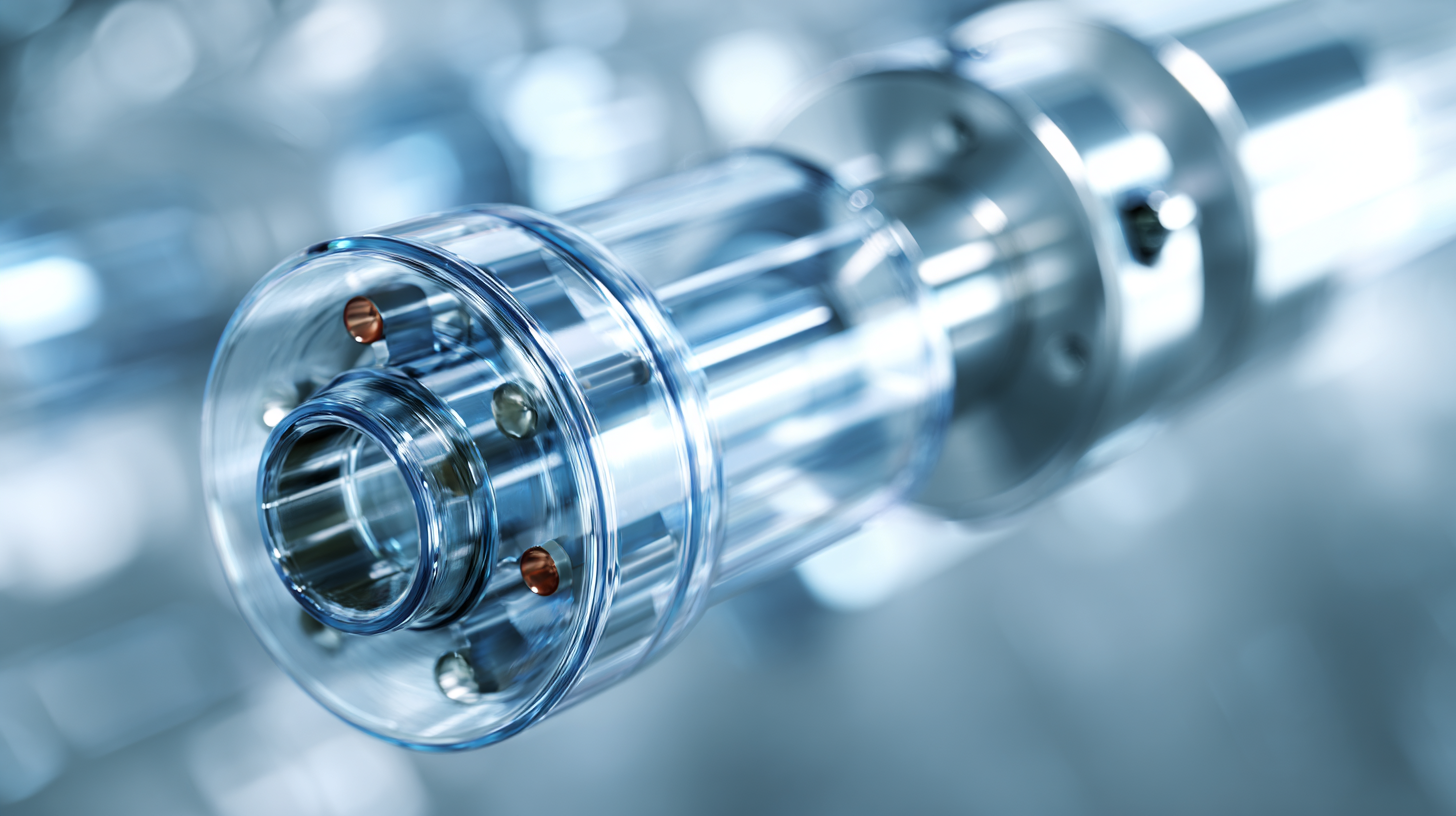 Peristaltic pumps are favored for their ability to handle viscous fluids while minimizing contamination risks, making them ideal for applications in food and beverage industries as well as in biotechnology. These pumps typically provide flow rates ranging from 0.01 to 1,000 mL/min, as documented in the Journal of Molecular Biology. Meanwhile, diaphragm pumps offer superior pressure control and are essential in applications requiring high precision and repeatability. Their robustness makes them suitable for harsh environments, particularly in chemical and pharmaceutical research, where durability and reliability are critical.
Peristaltic pumps are favored for their ability to handle viscous fluids while minimizing contamination risks, making them ideal for applications in food and beverage industries as well as in biotechnology. These pumps typically provide flow rates ranging from 0.01 to 1,000 mL/min, as documented in the Journal of Molecular Biology. Meanwhile, diaphragm pumps offer superior pressure control and are essential in applications requiring high precision and repeatability. Their robustness makes them suitable for harsh environments, particularly in chemical and pharmaceutical research, where durability and reliability are critical.
A comparative analysis reveals that while peristaltic pumps excel in gentle handling of shear-sensitive fluids, diaphragm pumps are preferred for their ability to maintain high flow rates under varied pressures. Consequently, selecting the right type of lab pump is crucial for optimizing research outcomes, as it directly influences efficiency and accuracy in experimental setups.
The Impact of Lab Pumps on Data Accuracy and Repeatability in Research
In the realm of modern scientific research, lab pumps play a crucial role in ensuring data accuracy and repeatability. These instruments are essential for controlling the flow of liquids and gases, enabling researchers to conduct experiments with precision. Consistent and reliable liquid handling is fundamental to obtaining valid results, and lab pumps help eliminate variability that can arise from manual processes. This control over fluid dynamics allows scientists to maintain uniform experimental conditions, thereby enhancing the reproducibility of their findings.
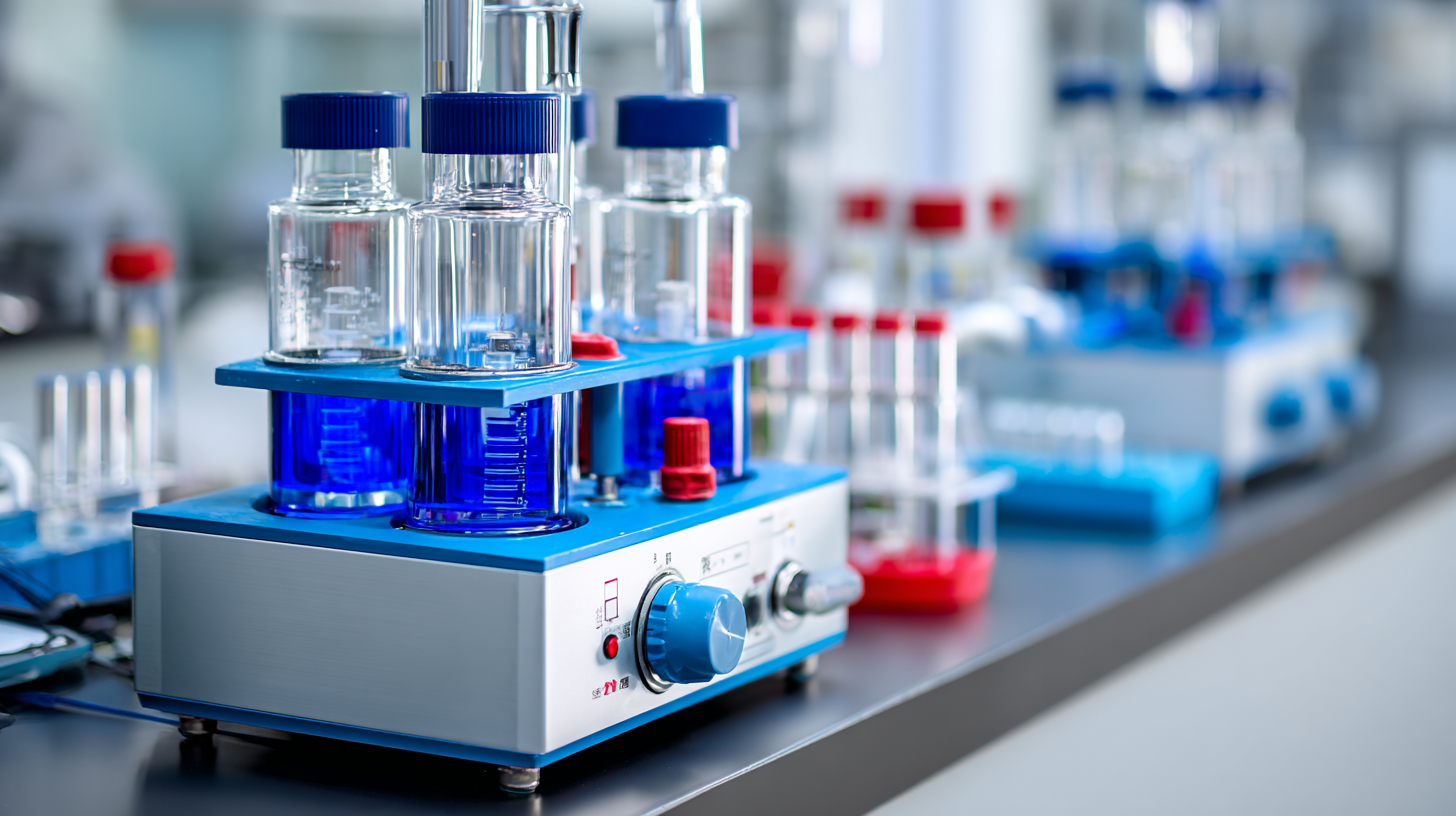
Tips: When selecting a lab pump, it’s important to consider factors such as flow rate, pressure range, and compatibility with various fluids. Regular calibration and maintenance of the pumps can also ensure optimal performance, reducing the risks of errors in your experiments.
Moreover, the impact of lab pumps extends beyond just the accuracy of measurements; they also contribute to the speed and efficiency of research processes. Automated pumping systems can significantly reduce the time spent on manual tasks, allowing researchers to focus more on analysis and interpretation of results. By integrating lab pumps into their workflows, scientists can enhance productivity without compromising the integrity of their data.
Tips: Incorporate regular training for staff on how to use lab pumps effectively, as a well-informed team can maximize both the functionality of the equipment and the quality of research outputs.
Future Trends in Lab Pump Technology and Their Implications for Scientists
The landscape of laboratory pump technology is evolving rapidly, driven by technological advancements and the increasing demands of scientific research. One significant trend is the integration of automation and smart technologies in lab pumps. These modern pumps are equipped with sensors and real-time monitoring capabilities, allowing scientists to collect precise data and adjust parameters with ease. Such innovations not only enhance accuracy in experiments but also minimize human error, making the overall research process more efficient.
Another noteworthy trend is the movement towards sustainability and eco-friendliness in lab pump manufacturing. As scientists strive to reduce their carbon footprint, companies are developing pumps that use less energy and generate less waste. The emphasis on biodegradable materials and recyclable components is expected to gain momentum, aligning lab equipment with broader environmental goals. Consequently, scientists will be better equipped to conduct research that is not only groundbreaking but also responsible and sustainable, addressing the critical issue of environmental stewardship in modern science.
Understanding the Importance of Lab Pumps in Modern Scientific Research
Related Posts
-

The Future of Battery Pumps Revolutionizing Efficiency in Power Tools
-

Understanding the Benefits of a Food Pump for Home Cooking Efficiency
-
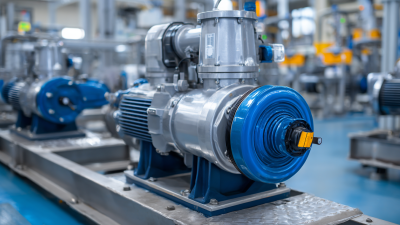
Unlocking Efficiency: The Ultimate Guide to Choosing the Right Chemical Pump for Your Industrial Needs
-

Exploring the Benefits of Food Pumps for Efficient Culinary Experiences
-
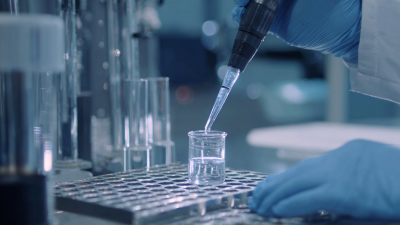
Understanding the Essential Role of Lab Pumps in Modern Scientific Research
-

Revolutionizing Pump Systems with IoT Integration for Enhanced Efficiency and Performance
